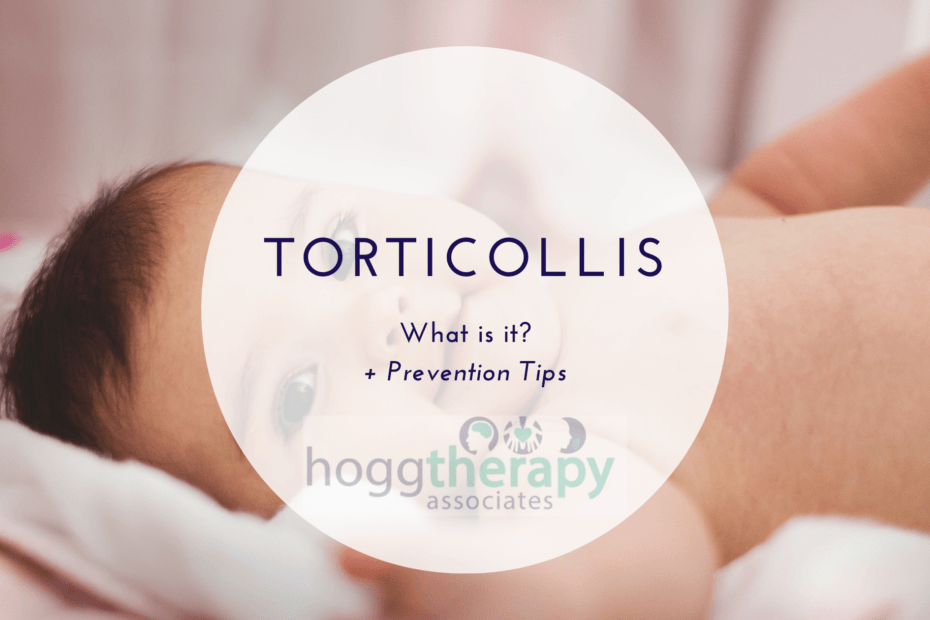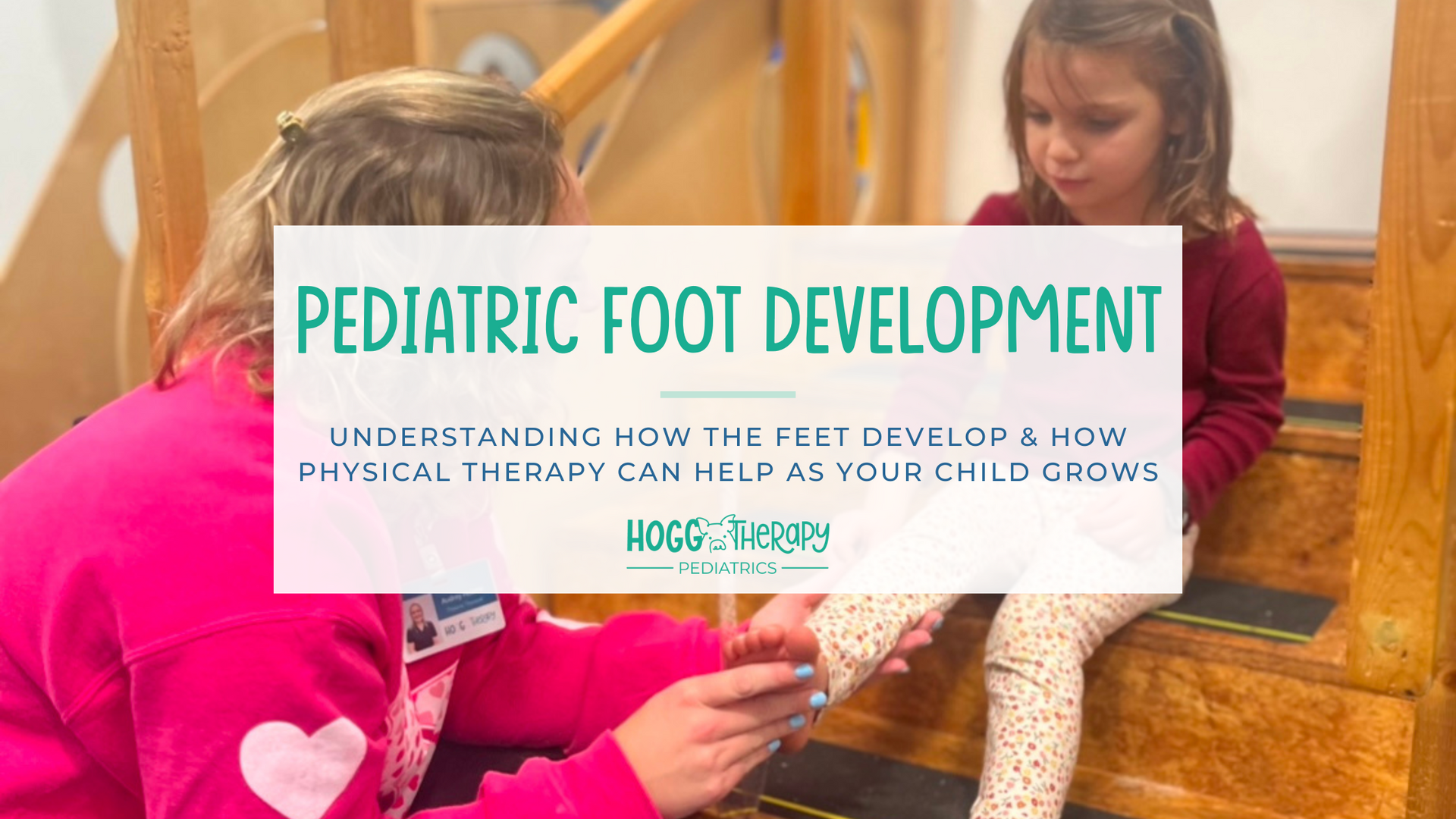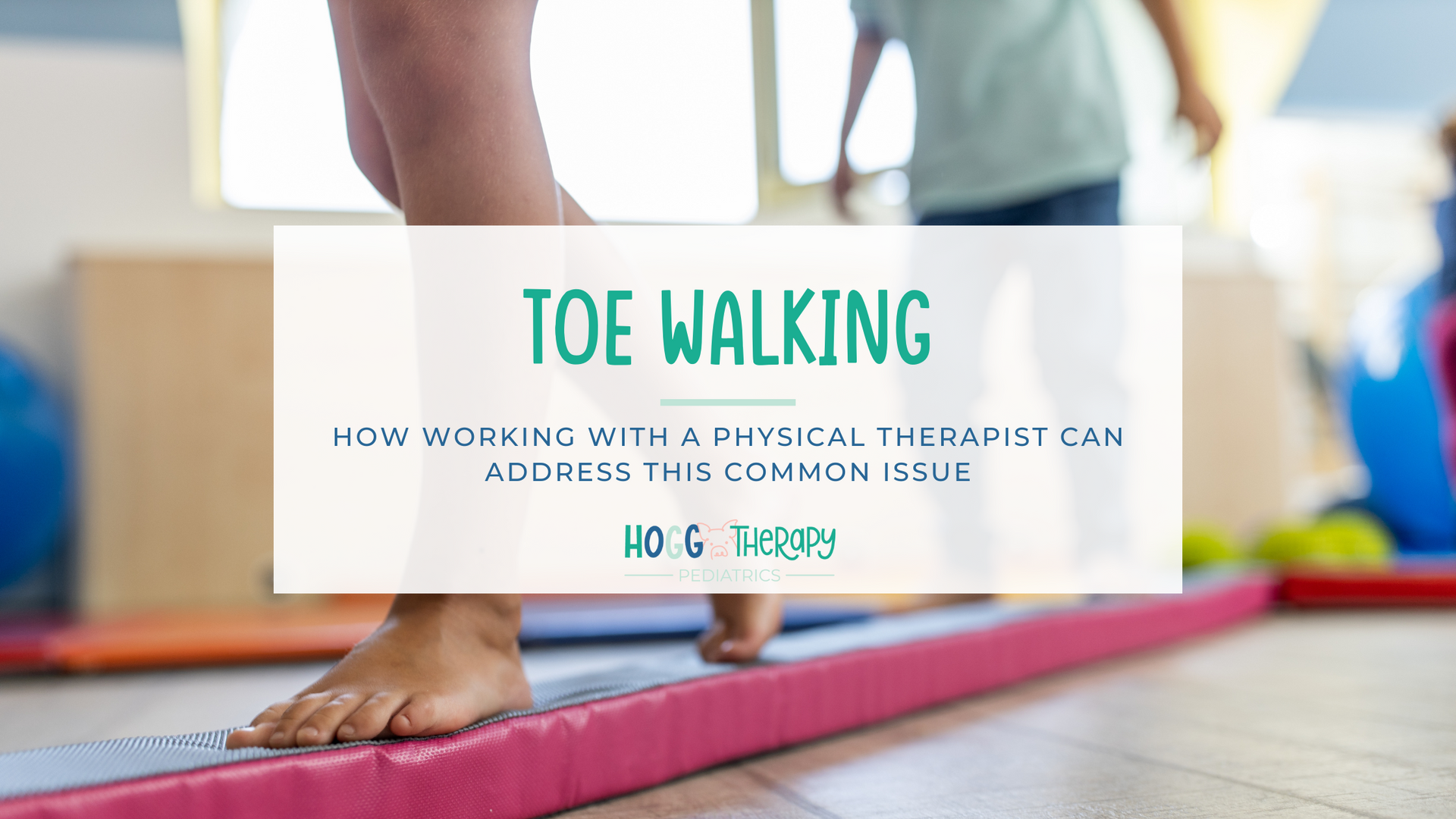Torticollis: What is it? + Prevention Tips
What is torticollis? This is fairly common condition in newborns 0-3 months old. Read this post to learn what it looks like and how to prevent it.

What is torticollis? Basically, if you've ever had a bad night's sleep and woke up with a stiff neck, you've had a taste of what torticollis feels like. This is a fairly common condition in newborns 0-3 months old. It occurs when a very specific muscle in that runs down each side of the neck from the ear to the breastbone (the sternocleidomastoid, or SCM for short) becomes tightened and shortened.
What does torticollis look like?
When an infant develops torticollis, the SCM tightens and shortens on one side causing the head to slightly turn in a particular direction. The infant will likely have difficulty his or her head and may even become fussy when attempting to turn the head in the opposite direction. You may notice that the infant prefers to look over one shoulder rather than the other. Another common indicator of torticollis is uneven head shape due to the infant lying on one side more than the other. Additionally, this condition can be especially concerning for parents if it causes difficulty with breastfeeding because the infant prefers to have the head turned a specific direction for neck comfort.
What causes torticollis?
Doctors aren't completely sure why some babies develop torticollis while others do not, and it is equally likely to occur in both boys and girls. Some potential causes are:
- Cramped space when in utero
- Abnormal positioning in the womb (breech, for example)
- Use of forceps or vacuum during birth
What can I do?
If you suspect your infant has torticollis, first see your pediatrician. They will then assess your child to diagnose if that is the case. If this condition is present, exercises can be completed at home to assist. Even if you haven't noticed torticollis in your infant, these activities can be used as prevention tools. These include:
- Engage your infant with tummy time.
- During feeding time, offer the bottle or breast on the opposite side than the preference.
- During sleep time, place the baby in a crib or bassinet facing the wall, as they prefer to look out of the room. This encourages them to rotate the head during rest to preferred sights.
- During play, use rattles or other toys to encourage rotating the head to follow the sound to the opposite side.
If you struggle with feeding your infant, engaging them with tummy time, or have other concerns, our therapists would be happy to set up an evaluation for your child. Visit our website at www.hoggtherapyassociates.com for more information.
Try these tips to increase movement and prevent torticollis.















































































































